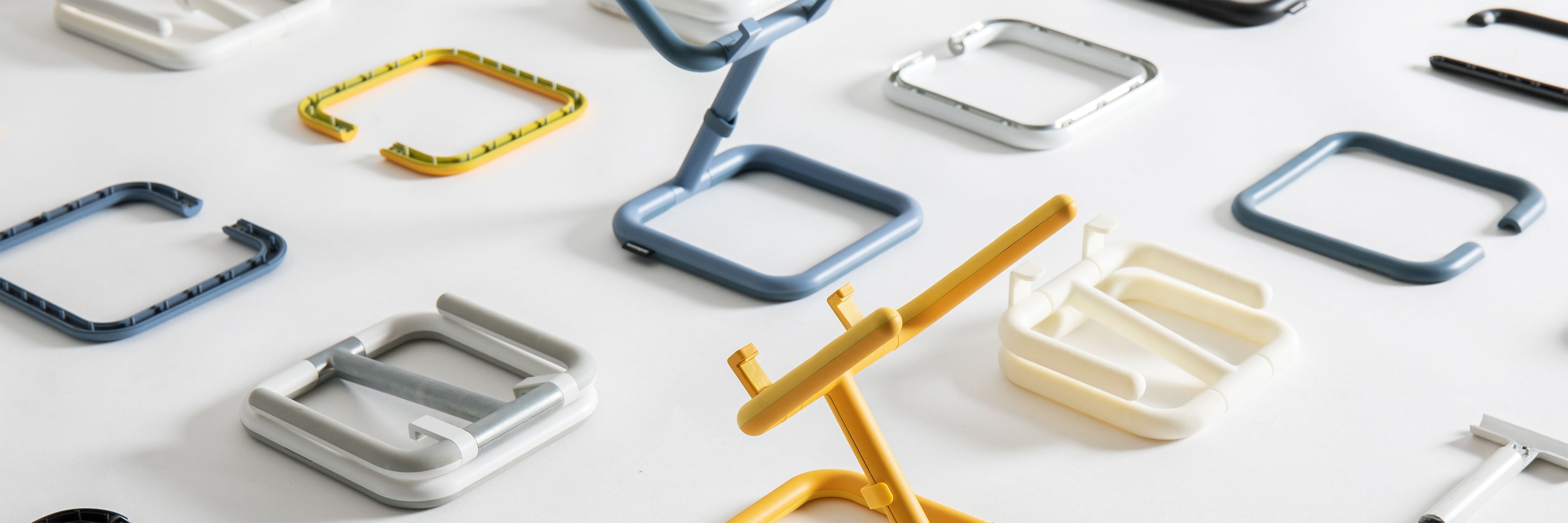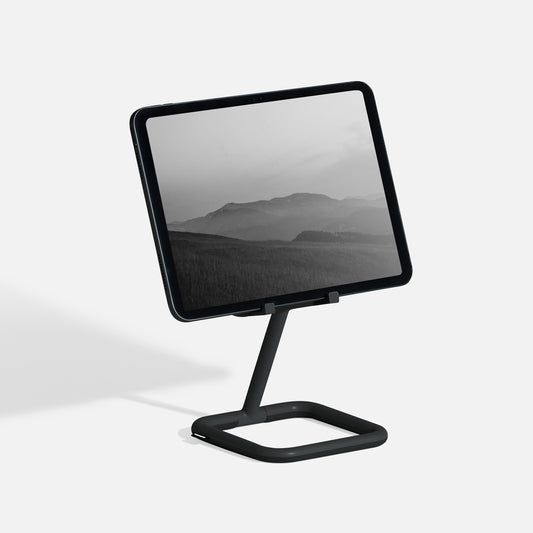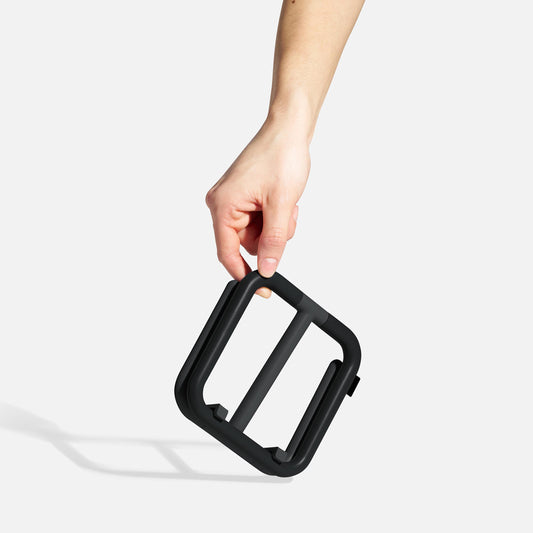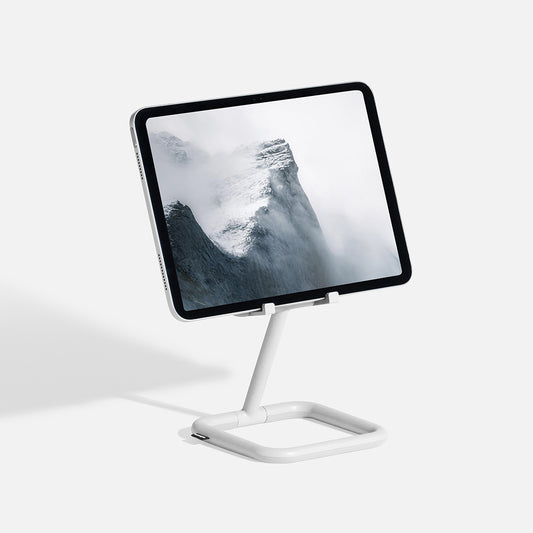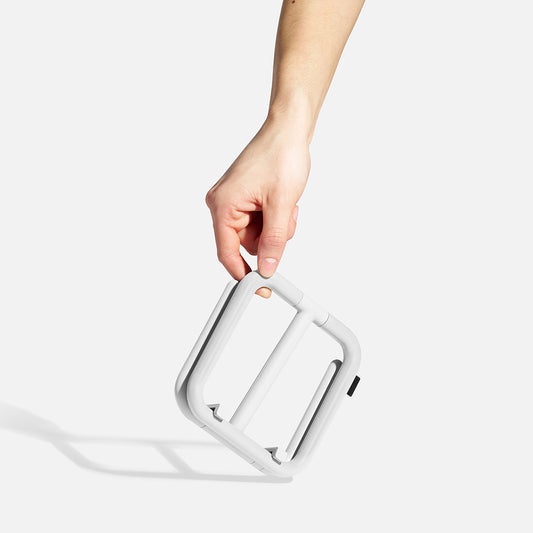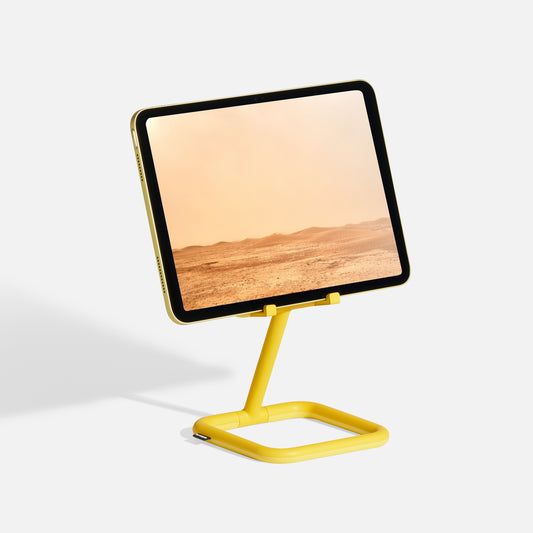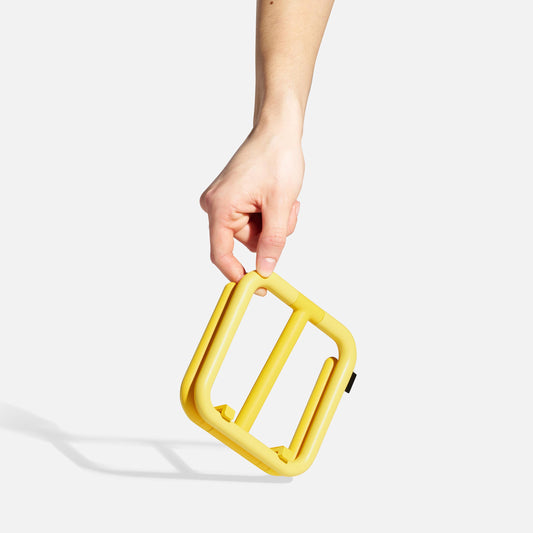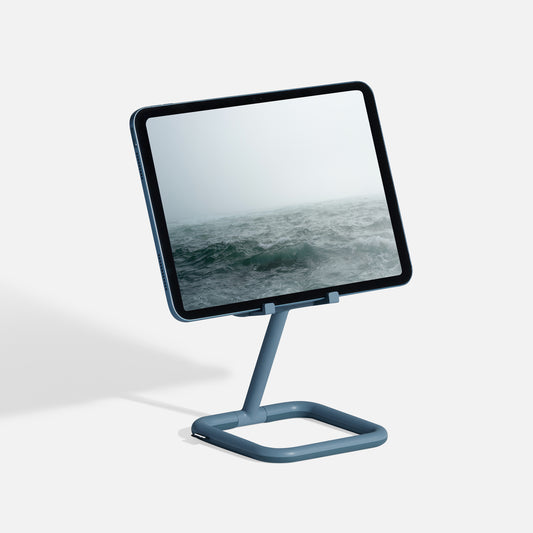Here at Bouncepad, we're passionate about designing innovative solutions that seamlessly blend form and function, enhancing the way people interact with technology in public spaces.
Best described as the process of defining the physical characteristics of any product idea, industrial design is what brings our products to life. Through industrial design processes, we ensure that our products look the part and function with user-centricity at the forefront.
In this blog post, we'll guide you through the our industrial design process. We will delve into the intricacies of concept ideation, the fun of prototyping, and the tricky refinement of making a design manufacturable.

Let’s start with the basics, what is Industrial Design?
Industrial design is the art and science of creating products that solve a user problem. A ‘Good’ Industrial design will be visually appealing, functional, ergonomic, and user-friendly. Industrial designers blend creativity with technical expertise to develop products that improve people's lives and enhance their interactions with everyday objects.
It all starts with a concept…
Once we have done our market research and developed a business case for a new product idea we brief our designers so that can start creating concepts.
Concept development in industrial design is the critical phase where ideas are transformed into tangible solutions. It involves brainstorming, research, and iteration to refine initial concepts into viable designs. At this stage, designers explore various possibilities, considering factors such as user needs, market trends, technological feasibility, and brand identity. Sketching, 3D modelling, and prototyping are common tools used to visualize and test concepts, allowing designers to evaluate their functionality, aesthetics, and usability. Our team love using our two Zortrax 3D printers to realise designs for quick usability testing!
Feedback loops are essential during concept development, enabling designers to gather insights and iterate on their designs to achieve the optimal solution. Ultimately, the goal of concept development is to create innovative and compelling designs that not only address user needs but also differentiate products in the market. By investing time and effort into this stage, industrial designers lay the foundation for successful product development, setting the direction for subsequent stages such as prototyping, testing, and manufacturing.

Design Development, turning a concept into a manufacturable product
The transition from concept to a manufacturable Design involves a meticulous process of refinement and optimization. Initially, sketch concepts are translated into a digital format using CAD software, allowing designers to precisely define dimensions, materials, and geometric features.
During this stage, designers iteratively refine the design, considering manufacturability, assembly processes, material selection, and cost constraints. Integration of engineering principles and ergonomic considerations ensures that the design is both functional, user-friendly and manufacturable.
Prototyping plays a crucial role in validating the CAD model, allowing designers to assess the design's feasibility and performance in a real-world context. Iterative testing and refinement based on prototyping feedback further enhance the design's manufacturability and usability.
By leveraging CAD software and prototyping technologies, designers can effectively bridge the gap between concept and reality, ensuring that the final product meets quality standards, manufacturing requirements, and user expectations.

A little more on prototyping...
Prototyping products is not only a crucial step in the development process but also an exciting and sometimes unpredictable journey. It's where ideas come to life, and the creative process gets hands-on. Prototyping allows designers to test concepts, refine designs, and uncover potential issues before full-scale production. While it can be a fun experience, it's not without its moments of mishaps and surprises. From misaligned dimensions to unexpected material behaviours, things can go wrong in prototyping, yet these moments often lead to valuable insights and creative solutions.
Prototyping techniques like machining and vacuum forming offer versatile ways to bring designs into reality, each with its own set of advantages and challenges. Machining allows for precise fabrication of parts, while vacuum forming enables rapid iteration and low-cost production of prototypes.
Regardless of the technique used, prototyping is essential for fine-tuning a product. Embracing the iterative nature of prototyping is key to refining designs and ultimately delivering exceptional products to market.

The nitty gritty, engineering…
With the refined design in hand, engineering the product involves meticulous attention to detail. This includes adding tolerances to 2D drawings, ensuring that components fit together seamlessly and account for manufacturing variations. Additionally, Design for Manufacturability (DFM) analysis is conducted for individual parts, optimizing their production process for efficiency and cost-effectiveness.
By strategically analysing and refining the design through engineering practices, we ensure that the final product not only meets performance requirements but can also be manufactured reliably and consistently. This careful engineering process lays the foundation for a successful transition from design to production, delivering a high-quality product to market.

The industrial design journey at Bouncepad is a blend of creativity, innovation, and occasional mishaps. From concept to prototype to final product, each step is essential in bringing our ideas to life. We're committed to embracing challenges and striving to deliver great products for our customers.
You can deep dive into the design process of our Link product here, or our top rated iPad POS stand Eddy here.

